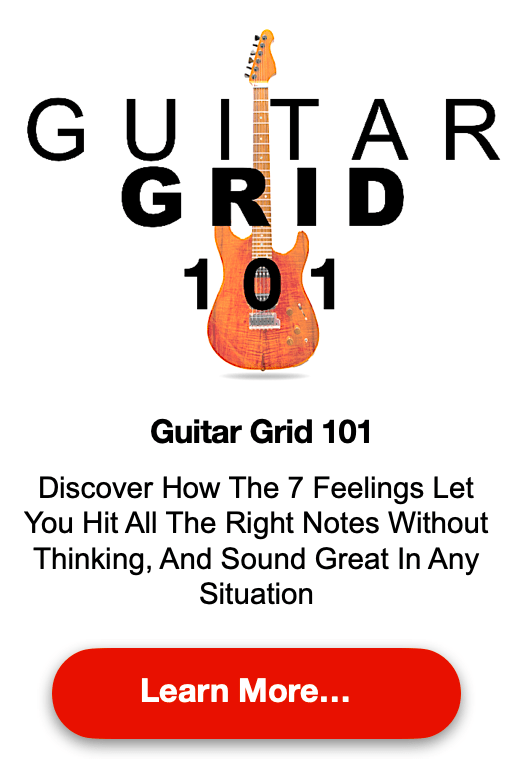Embark on your musical journey and master bar chords on the guitar! This comprehensive guide breaks down the process into easy steps, providing insights, tips, and techniques to ace the art of bar chords.
Introduction
Hey there, future guitar heroes! So, you want to unravel the mystery of “how to do bar chords on guitar?” Well, you’re in the right place! From breaking down what bar chords are to step-by-step guides to master them, we have you covered.
Understanding the Music – What are Bar Chords?
Bar chords, often known as barre chords, are a cornerstone of guitar music. They are versatile, powerful, and can transform your guitar playing once you’ve mastered them. Let’s dig into the nitty-gritty and understand what these beautiful chords are all about.
The Basics of Bar Chords
Bar chords get their name because you ‘bar’ all the strings at once with your index finger, creating a crisp, consistent sound. This technique allows you to play a chord in different positions on the fretboard, providing a vast range of possibilities.
The Anatomy of Bar Chords
Essentially, bar chords consist of two main parts: the bar and the shape. The ‘bar’ is your index finger covering all the strings, while the ‘shape’ is made by your other fingers. It’s this unique combination that gives bar chords their magic.

Cracking the Code – How to Do Bar Chords on Guitar?
You’ve understood the basics, and now it’s time to put them into action. Here’s your step-by-step guide on how to do bar chords on guitar.
Positioning Your Fingers
Your index finger needs to cover all the strings on a particular fret. This could be a tough nut to crack initially, but with practice, you’ll get there. Now, your remaining fingers form the chord shape on the frets above.
Practicing the Grip
Getting the grip right is half the battle won. It might be a tad tricky initially but don’t fret! (Pardon the pun!) Start slow, and gradually increase your speed and the complexity of your chords as you get more comfortable.
Learning the Chord Shapes
Now, it’s time to dive deeper and learn the different shapes of bar chords. There are mainly two types: E shape and A shape bar chords, named after the open chord shapes they resemble.
The E Shape Bar Chords
E shape bar chords start with your index finger barring all the strings, followed by the rest of your fingers forming an E major shape. You can move this shape up and down the neck to create different chords.
The A Shape Bar Chords
These chords are similar to E shape but use the open A chord shape. Just remember, practice makes perfect!
Bar Chord Transition Tips
Transitioning smoothly between bar chords can be challenging, but with these tips, you’ll be nailing it in no time.
Start Slow
Rome wasn’t built in a day, and neither will your guitar skills be. Start slow, perfect the grip, and then gradually increase your speed.
Practice Regularly
Consistency is key in learning any new skill. Set a practice routine and stick to it. Remember, slow and steady wins the race.

Troubleshooting Common Issues
Here’s a rundown of some common issues you might face while learning bar chords and how to overcome them.
Buzzing Strings
If your strings are buzzing, it often means your grip isn’t tight enough. Keep practicing and strengthening your grip, and the buzzing will eventually stop.
Finger Pain
Bar chords can initially lead to some discomfort or even finger pain. But don’t worry! With regular practice, your fingers will develop strength and endurance.
FAQs
- Why are bar chords so hard to play?
Bar chords can be challenging because they require strength and flexibility in your hand and fingers. However, with regular practice, you can build this up and master bar chords. - How long does it take to get good at bar chords?
It depends on your practice routine. If you practice regularly, you can start getting comfortable with bar chords in a few weeks. - Is it normal for my hand to hurt when playing bar chords?
Yes, it’s normal to feel some discomfort or pain initially when learning bar chords. However, with regular practice, this should decrease. - How can I make bar chords sound better?
Ensure your grip is tight enough to avoid string buzzing, and practice transitioning between different chords for a smoother sound. - What are some good songs to practice bar chords?
Songs like “Under the Bridge” by Red Hot Chili Peppers and “Hotel California” by The Eagles are great for practicing bar chords. - Why are bar chords important?
Bar chords are crucial as they allow you to play in different keys without changing the chord shapes.

Conclusion
Mastering the art of bar chords may seem like a tall order at first, but with patience, practice, and perseverance, it’s absolutely achievable. So, keep those fingers flexing, and remember – the journey of a thousand miles begins with a single step.










